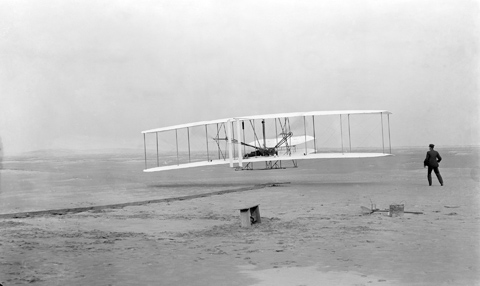The wind vs. the whirlwind
It must be time for some plots. The data here is taken from Richard Overy, The Air War 1939-1945 (Washington: Potomac Books, 2005 [1980]), 120, and represents the bomb tonnage delivered between 1940 and 1945 by Germany on Britain (including V-weapons) in blue, and by Britain and the United States on Europe as a whole […]


